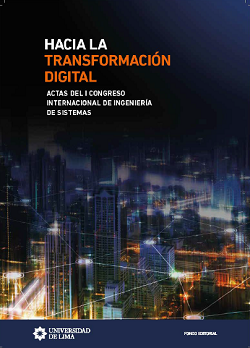Hidden Markov models for the development of a speech-aid system for people with dysar-thria
DOI:
https://doi.org/10.26439/ciis2018.5468Keywords:
dysarthria, automatic speech recognition, HTK Toolkit, Hidden Markov Models (HMM), communication levelAbstract
The present paper describes the design and development of an automatic recognizer of speech in Spanish and a graphical interface for its use; the system as a whole will be called Speech Help System (SAH). It is intended to perform supporting functions in the communication level of people with dysarthria disorder. For the System Recognition function, the HTK Toolkit library was used; the acoustic modeling technique being the Hidden Markov Models (HMM). In tests with a vocabulary of five words, there was an increase in communication level of 46.67 %, and a voice recognition rate of 65 %. These results compared the accuracy of the SAH to the accuracy of human recognition.
Downloads
References
Adams, C. (17 de marzo de 2017). Explaining the different types of voice recognition. Recuperado de https://www.thoughtco.com/types-of-voice-recognition-1205856
Maggiolo, M. (2017). Test de articulación a la repetición (TAR): Un legado de la profesora fonoaudióloga Edith Schwalm. Revista Chilena de Fonoaudiología 16. https://doi.org/10.5354/0719-4692.2017.47557
Ministerio de Salud-Minsa (2016). Datos estadísticos sobre incapacidad. Recuperado de https://www.inei.gob.pe/estadísticas/índice-tematico/discapacidad-7995
Young, S., Evermann, G., Gales, M., Hain, T., Kershaw, D., Liu, X., ..., Valtchev, V. (2002). TheHTK Book. Cambridge University Engineering Department 3, p. 175.


